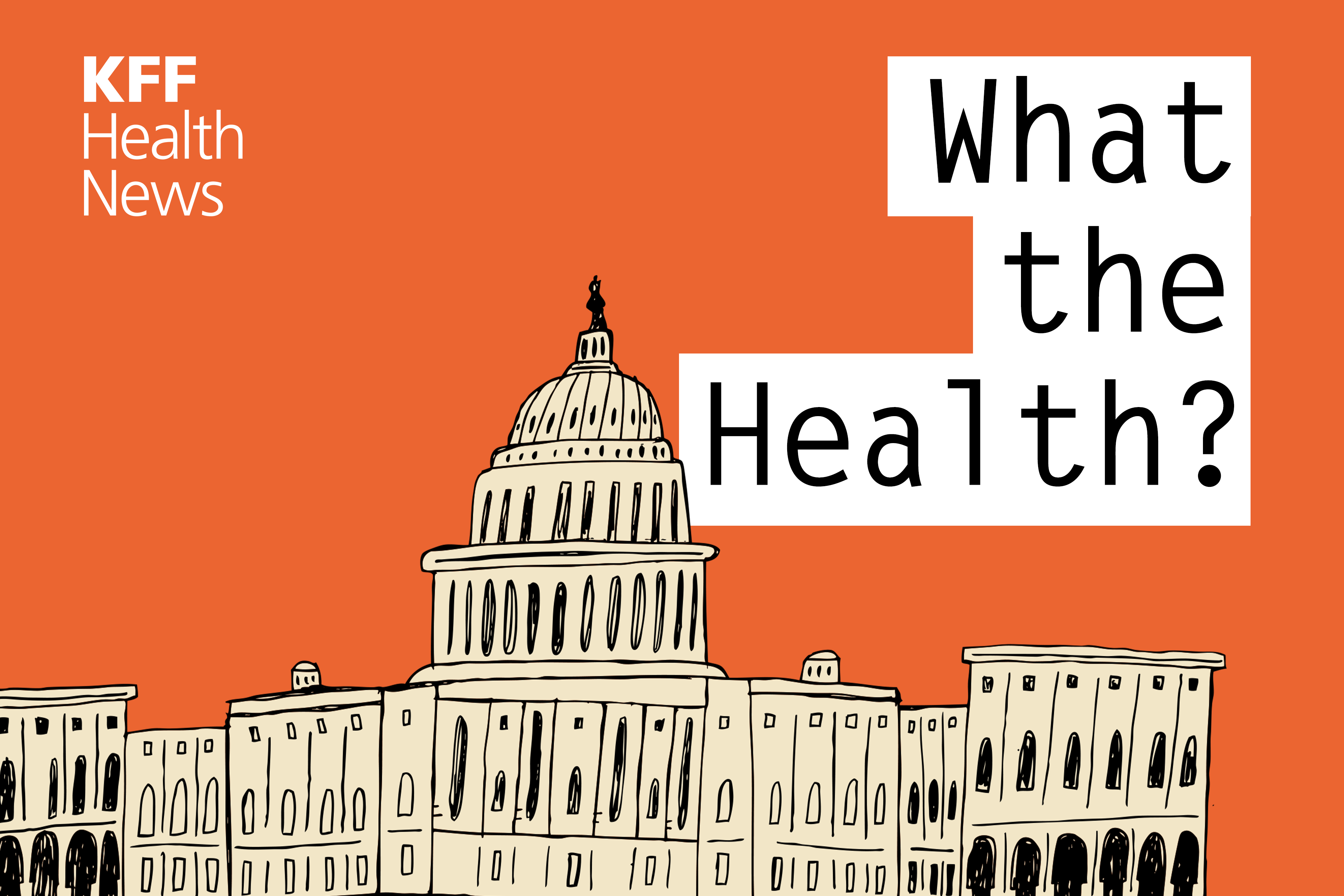Recent Trends in Prescription Drug Costs
Recent Trends in Prescription Drug Costs_JAMA 040516 Download View JAMA infographic…
The independent source for health policy research, polling, and news.
KFF’s policy research provides facts and analysis on a wide range of policy issues and public programs.
KFF designs, conducts and analyzes original public opinion and survey research on Americans’ attitudes, knowledge, and experiences with the health care system to help amplify the public’s voice in major national debates.
KFF Health News is a national newsroom that produces in-depth journalism about health issues and is one of the organization’s core operating programs.
This analysis of insurers’ initial rate filings for Affordable Care Act Marketplace plans in all 50 states and DC finds the median proposed increase for 2026 is 18%, more than double last year’s proposed increase. The analysis also shows proposed rate changes by state and insurer.

President and CEO Drew Altman shows how proposals contained in the House reconciliation bill could result in a one-third reduction in ACA Marketplace enrollment. “While all eyes are on the big Medicaid cuts being proposed in the House,” he writes, “significant changes are also being proposed that together would dramatically reduce enrollment in the ACA Marketplaces.”

Choose which emails are best for you.
Sign up here
Recent Trends in Prescription Drug Costs_JAMA 040516 Download View JAMA infographic…
This Visualizing Health Policy infographic with JAMA spotlights national spending on prescription drugs and the public’s views on pharmaceutical prices.
This Visualizing Health Policy infographic spotlights national spending on prescription drugs and the public’s views on pharmaceutical prices. Prescription drug spending rose sharply in 2014, driven by growth in expenditures on specialty drugs, including medications to treat cancer and hepatitis C.
In this post on The Huffington Post, Alina Salganicoff and Laurie Sobel offer a Q&A on “contraceptive-only” plans, an approach mentioned during oral arguments in the U.S. Supreme Court case Zubik v. Burwell. In the Zubik case, a group of religiously affiliated nonprofits with religious objections to providing birth control coverage seek an exemption from the Affordable Care Act's provision requiring most plans to offer such coverage without cost-sharing.
National health spending started to grow more rapidly recently after several years of unusually slow growth. This analysis from the Kaiser Family Foundation and the federal Bureau of Economic Analysis helps to dissect why that may be happening.
In this column for The Wall Street Journal’s Think Tank, Drew Altman examines the role of the Affordable Care Act in the health system on its sixth anniversary, and how the hot debate about the law may have created an exaggerated impression of the good and the bad it can do.
In his latest column for The Wall Street Journal’s Think Tank, Drew Altman examines the role of the Affordable Care Act in the health system on its sixth anniversary, and how the hot debate about the law may have created an exaggerated impression of the good and the bad it can do.
The March Kaiser Health Tracking Poll finds that health care is one of many issues that will be important to voters in the Presidential election, trailing concerns about the economy and jobs but leading concerns about immigration. Health care ranks higher for Democratic voters than for Republican and independent voters and is a higher priority for women than for men. Health care costs remain on the forefront of the minds of both the uninsured and voters, with nearly half of uninsured Americans saying that cost is the main reason they haven’t gotten health insurance and voters mentioning cost when asked what specifically about health care will affect their presidential vote. In light of the two women’s health cases before the Supreme Court, this month’s survey examines how the public, and women specifically, feel about the state of women’s reproductive health policy. About one-third of Americans say ‘there is a wide-scale effort to limit women’s reproductive health choices and services, such as abortion, family planning, and contraception’ and a majority of Democratic voters name Hillary Clinton as the candidate for president they trust to represent their view of women’s reproductive health choices and services, while Republican voters don’t coalesce around any one candidate.
About One Third of Americans Perceive Wide-Scale Effort to Limit Women’s Reproductive Health Choices and Services; Most Who Do Say the Effort is a ‘Bad Thing’ Health care is one of many issues that will be important for voters in the presidential election, particularly for Democrats and women, finds the March Kaiser Health Tracking Poll.
This issue brief uses data from the National Health Interview Survey (NHIS) to examine trends in employer-sponsored health insurance (ESI) for different of individuals and households in the United States. While ESI remains the leading source of coverage for nonelderly people, the percentage covered by an employer plan has declined over the past 15 years. A similar pattern exists with firm offer rates; fewer workers were offered health insurance from their employer in 2014 than in 1999. Families with low and modest incomes have been most affected by these declines.
© 2025 KFF



